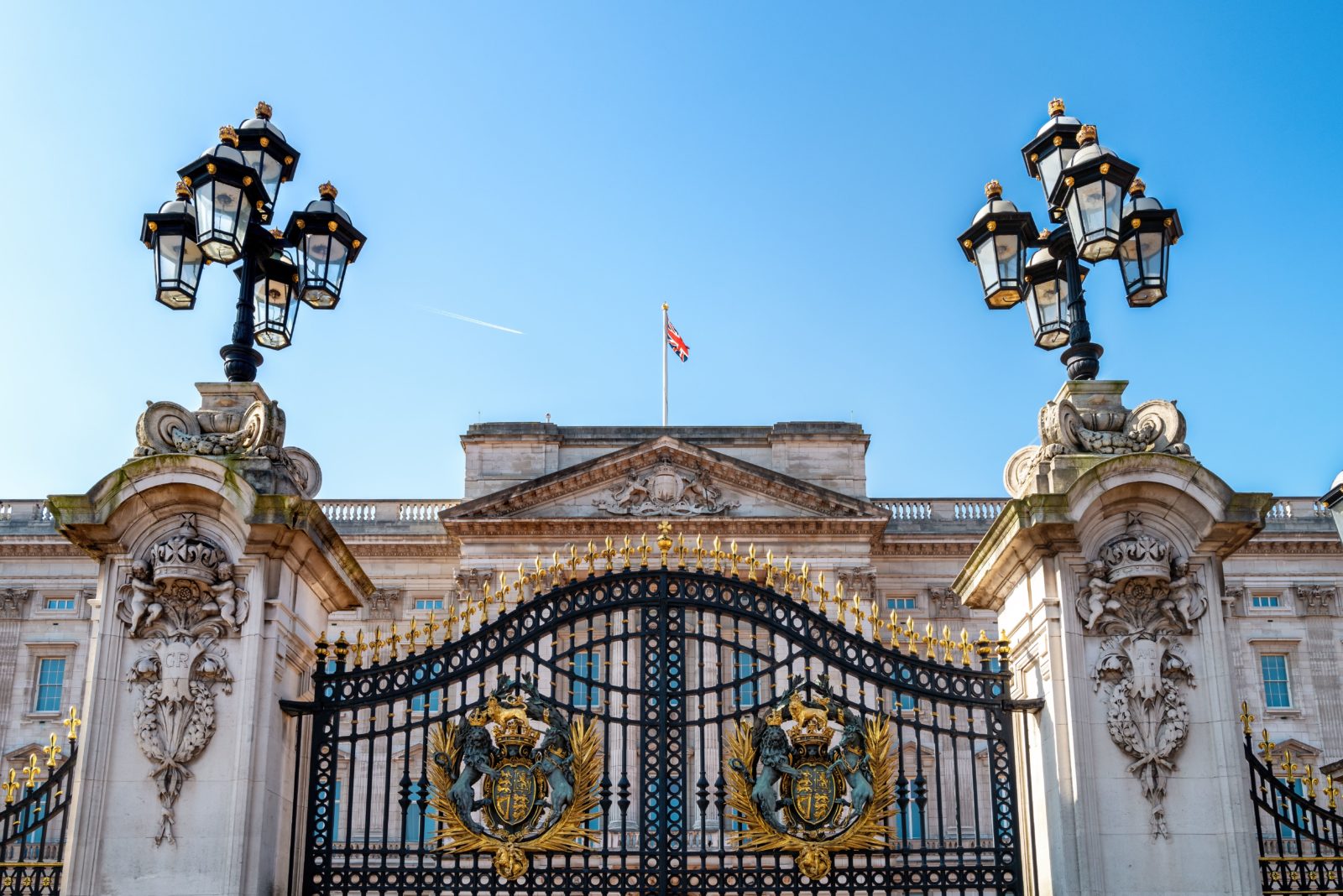Following on from the sad news that Her Majesty Queen Elizabeth II has passed away, begins 10 days of national mourning, where we will see the new King visit Wales next week.
The First Minister of Wales, Mark Drakeford has expressed his sadness on the news of the death of Her Majesty Queen Elizabeth II and offered condolences to the Royal family on behalf of the Government and people of Wales. He said:
“It is with great sadness that people in Wales mourn the death of Her Majesty Queen Elizabeth II. Throughout her long and exceptional life, as our longest reigning monarch, Her Majesty has reigned over the United Kingdom and Commonwealth firmly upholding the values and traditions of the British Monarchy.
“We pay tribute to Her Majesty’s dedication and selfless devotion. She will be sorely missed by the many organisations for which she was Patron or President.
“We offer our sincere condolences to her children and their families on this sad occasion.”
Friday, 9 September
King Charles III makes his first televised address to the nation, giving a heartfelt speech on the death of his mother, Queen Elizabeth II.
During his first address, the King named his son Prince William the Prince of Wales and his wife, Katherine, Princess of Wales.
First Minister Mark Drakeford said:
“King Charles III has enjoyed a long and enduring friendship with Wales.
“In his first public duty as Monarch, at this most demanding of times, he has bestowed the title of Prince of Wales to his eldest son William.
“We look forward to deepening our relationship with the new Prince and Princess of Wales as they take on their new duties.”
Saturday, 10 September
Charles III was formally proclaimed King at the Accession Council on Saturday, which met at 10am at St James’s Palace in London.
The King’s Troop Royal Horse Artillery in Hyde Park fired a 41-gun salute, as the proclamation was read out.
Sunday, 11 September
It is expected that The Queen’s coffin will be taken to the Palace of Holyroodhouse in Edinburgh.
The title of Head of the Commonwealth will pass to the King, this title in not one that the next monarch “naturally inherits”.
Proclamations will be read across the UK in Scotland, Wales and Northern Ireland devolved parliaments.
Monday, 12 September
The Queen’s coffin is expected to lie in state at St Giles’ Cathedral. The public may have a chance to view the procession as it is expected along the Royal Mile in Edinburgh.
Whilst at St Giles’, a service will be held and the Queen’s children are expected to stage a vigil around the Queen’s coffin.
Contingency plans codenamed “Operation Unicorn” were put in place should the death of the Queen happen in Scotland.
Whilst the Queen lays in state in St Giles, it is expected the Crown of Scotland will be placed on the Queen’s coffin.
Tuesday, 13 September
The Queen’s coffin will be accompanied by her daughter Princess Anne as it is flown from Edinburgh to London, where it is expected to rest in the throne room at Buckingham Palace.
Her Majesty’s coffin will be dressed with a crown, orb and sceptre.
A rehearsal is expected for the procession of the coffin to the Palace of Westminster.
Wednesday, 14 September
In Westminster Hall, The Queen’s lying in state is expected to begin codenamed Operation Marquee. This will be following on from a ceremonial procession through London.
It will last four full days.
A short service may take place following the coffin’s arrival, conducted by The Archbishop of Canterbury.
The tradition known as the Vigil of the Princes, is expected to be carried out by Senior Royals as part of their own moving tribute. This is where they will standing guard around the coffin of Queen Elizabeth II.
Thursday, 15 September
The Queen’s lying in state continues and a rehearsal is likely to take place for the state funeral procession.
Friday, 16 September
The new King’s first visit to Wales will take place where His Majesty will be visiting the following places:
- Llandaff Cathedral – a service of prayer and reflection is expected to place, this will be attended by senior faith leaders from across Cardiff communities.
- The Senedd – during this visit, The Royal couple will be receiving a motion of condolence.
- Cardiff Castle – there will be a reception held and a private audience will take place with the King, the First Minster Mark Drakeford and the Llywydd (Presiding Officer of the Senedd) Elin Jones.
The public will be allowed access to the grounds of Cardiff Castle, where they will have the opportunity to meet the Royal couple. Numbers will be limited to approximately 2,000 people.
Saturday 17 and Sunday, 18 September
The Queen’s lying in state will continue until the end of Sunday 18 September. Heads of State from around the world are expected to begin to arrive in the UK for the funeral.
The Queen’s funeral – Monday, 19 September
The state funeral for The Queen will be taking place on Monday 19 September at Westminster Abbey at 11:00BST.
It has been confirmed by the King, the day of the Queen’s funeral will be a bank holiday for every part of the UK.
There is expected to be a national two minutes’ silence held during the service which will be televised.
The Queen’s coffin will be taken to St George’s Chapel at Windsor Castle, the same day as the funeral.
The final resting place of Queen Elizabeth II is thought to be the King George VI memorial chapel. Here, The Queen will be laid to rest alongside her mother and father, and the ashes of her sister, Princess Margaret.
At present we await confirmation from Wales’ First Minster Mark Drakeford as to wether school in Wales will remain open for the Queen’s funeral.









Leave a Reply
View Comments